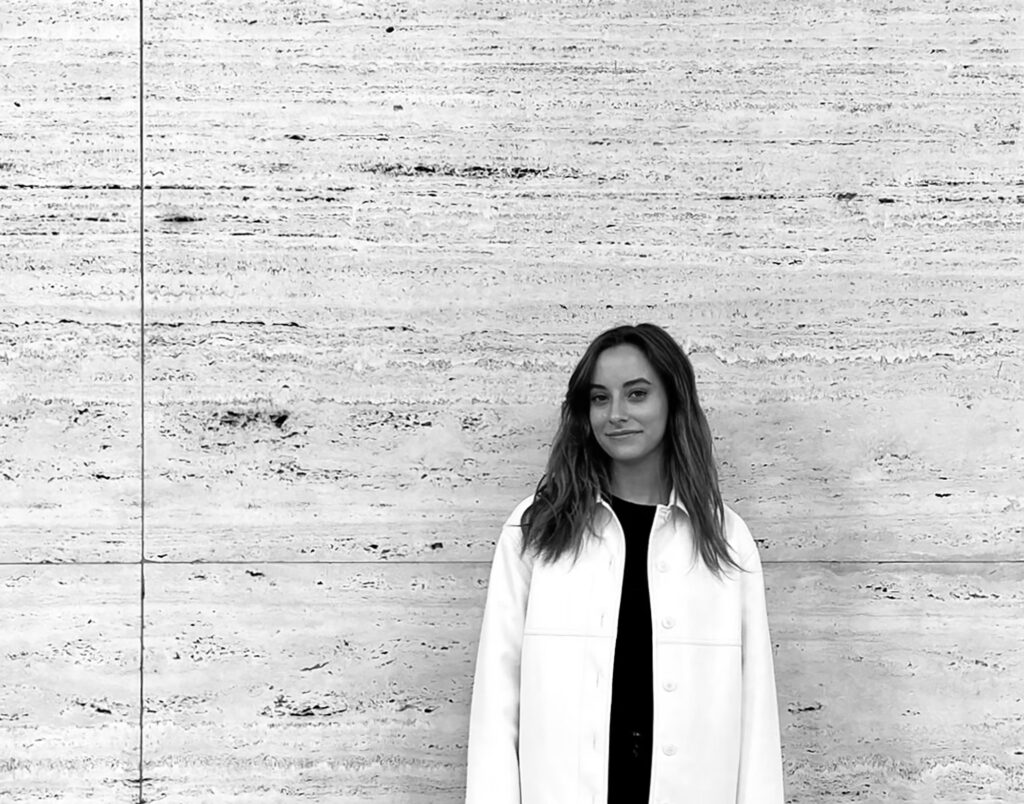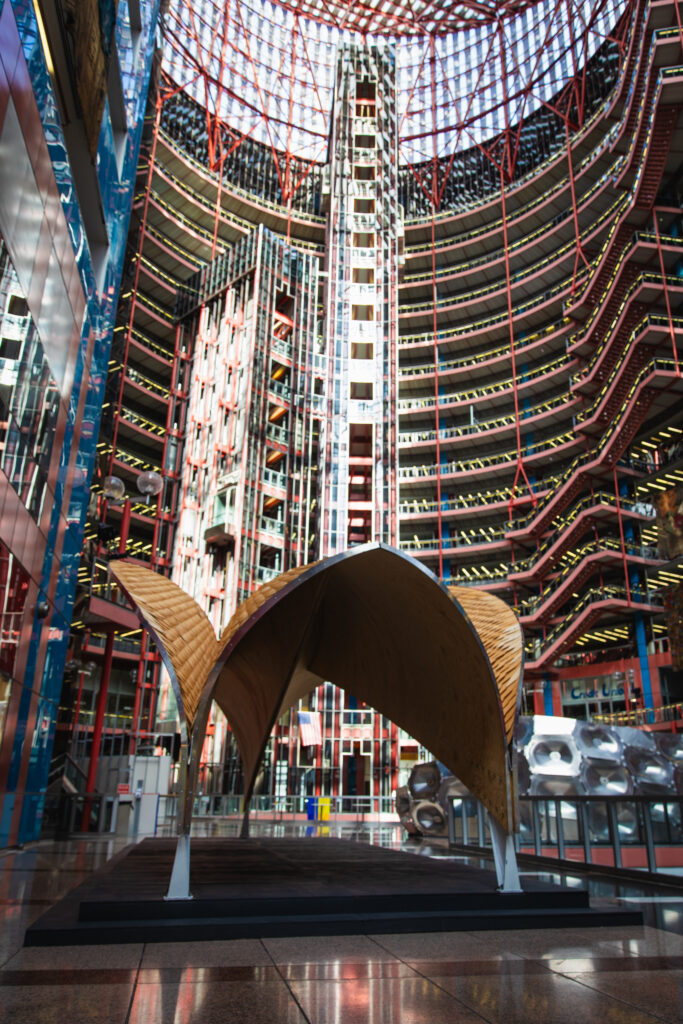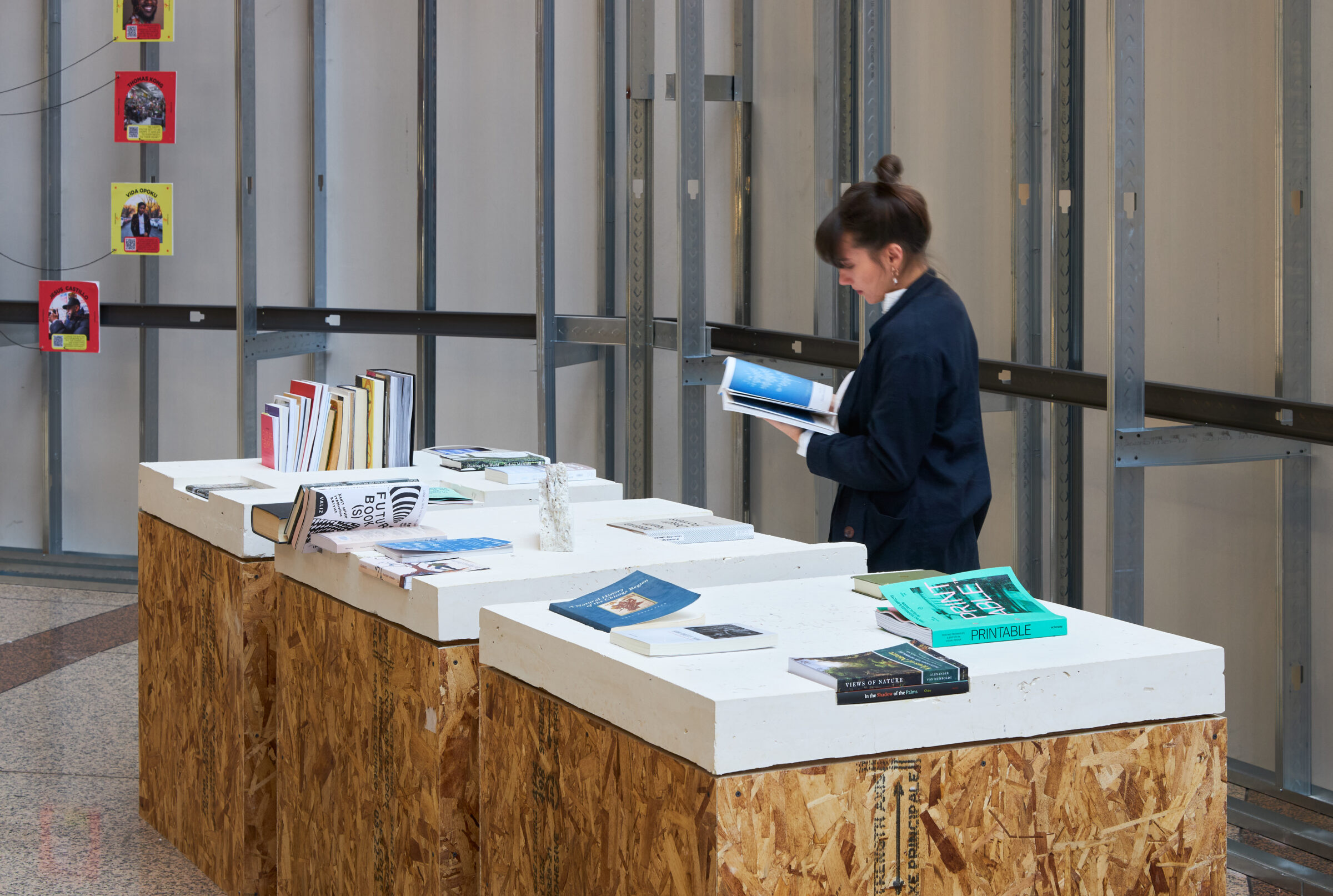Marya Demetra Kanakis

Chicago, United States
WebsiteMarya Demetra Kanakis is a Greek-American architect and editor. Spanning ecology, urbanism, media theory, and curation, her explorations critique ecologies of cities as a coexistence between humans and machines revealing new representations of nature through technology. From designing healthcare clinics, to completing urban design research for SOM, to working on sustainable housing projects for Kanye West – Marya’s work transcends scales of typical practice, revolving around her interests in science, technology, botany, books, and art. Her recent research, Grafted Natures: The Ecology of a Blurred Species proposes repositioning authorship in the anthropocene. She writes on the history of mankind as told through parallel histories of grafting (botanical and medical) exposing centuries of authorship in reconstructing nature – and translating this to the design of a book. Similar themes carry into formats of other work, such as video installations of 3d-scanned genetically modified crops. Current research interrogates new methods of publication design and bookmaking, culminating into proposals for new models of publishing houses. Her methodology for all projects involves spatializing bibliographies and extracting these logics into new associations. After completing her studies at Harvard Graduate School of Design, Marya returned to IIT to teach a studio on the topic of health and urbanism. Her work has been featured at exhibitions in Cambridge, Chicago, Venice, Milan, Rome, Mexico City, and Munich.
CAB 5 Contribution
Project Overview
BOOKSCAPES
BOOKSCAPES is a reading room installation and platform for exchanging ideas on the relationship between books and the built environment. Presented are case studies of thoughtful books, industry stakeholders, and imaginative manifestos that explore the book through the lens of ecological design practices and experimental media. This archive of curated readings compares content with output, representations of the meta-book (Virgil Abloh, 2019), and origins of the eco-book (Charles-Michelle Villette, 1786).
Against the backdrop of environmentalism’s rise in the sixties, publications proliferated (from typical standard mass market copies such as Stewart Brand’s Whole Earth Catalog or Rachel Carson’s Silent Spring). Just as architecture was being reimagined, some figures such as David Greene and Richard Brautigan were pushing the boundaries of what constitutes a ‘book’ or ‘magazine’ and incorporating seed packets, a gesture of returning the book to nature. In the nineties, a paper factory in Italy sought an opportunity in the Venice lagoon when local factories contributed to the proliferation of invasive algae, they decided to make a paper from it to remediate its effect in the aquatic ecosystem. Recent artists’ books use the medium of the book to mirror its content on inextricable links between mankind and the environments we inhabit. If we borrow methods of ecological consciousness from contemporary architecture, such as tracing material flows and resource extraction, what can we learn about the book as a designed object and inherent political artifact? Can books be LEED? What new models of publishing houses emerge from this landscape of books?
Project Overview
Project Overview
Venue
View moreJames R. Thompson Center
Address
100 W Randolph St., Chicago, IL, 60601
Neighborhood
The Loop
Description
Made possible by The Prime Group, Capri Investment Group, and Google, the James R. Thompson Center serves as a site for exhibitions and site-specific installations as part of CAB 5. Hailed as one of Chicago’s postmodern architectural marvels, the Helmut Jahn-designed building will open to the public through the end of the year.


